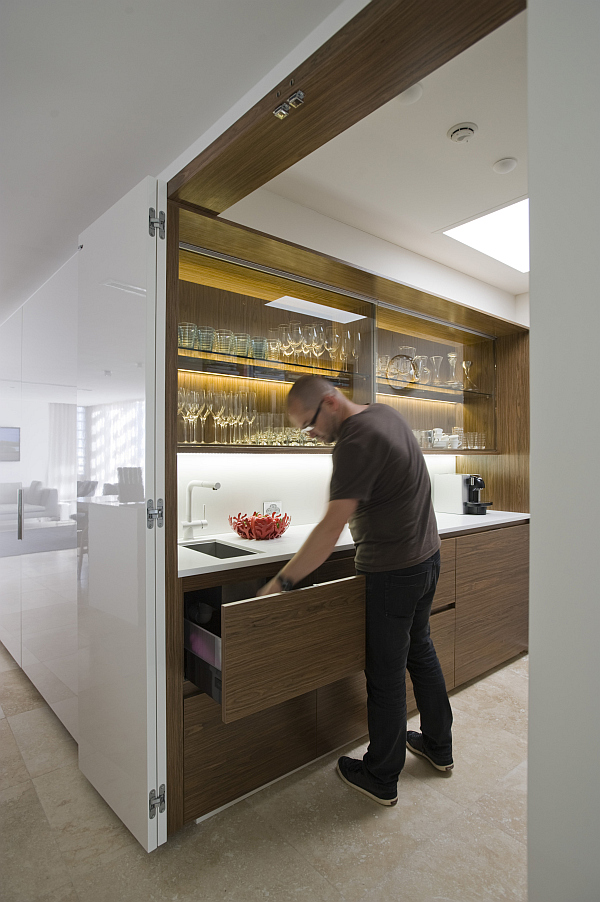Table of Content
If you are expecting to make a claim on your 2020 personal tax return using the detailed method, you should reach out to your employer to ensure you get a signed T2200S. In addition, all supporting invoices should be kept to support the claim under the detailed method. To make a claim on your 2020 tax return, please complete Form T777S summarizing the home office expenses you incurred during the year. Sales commission employees eligible to deduct work-space-in-home expenses may also deduct a reasonable portion of property taxes and home insurance, and reasonable monthly home internet access fees.

We offer a free 10 minute income tax consultation with one of our students. We will identify your tax problem and advise you if you need assistance from a tax lawyer to solve it and if so we will suggest a one hour consultation with one of our lawyers, the fees if you wish to consult and a rough estimate of the legal fees if you choose to retain us. Expenses that relate to a separate structure not attached to the home will qualify for a home office deduction. It will qualify only if the structure is used exclusively and regularly for business. Doesn't include any part of the taxpayer's property used exclusively as a hotel, motel, inn or similar business.
Other Resources - Re COVID-19 Working from Home
If your office space is in a rented house or apartment where you live, deduct the percentage of the rent and any maintenance costs you paid that relate to the work space. The 2020 Fall Economic Statement announced that the Home Office Expense Deduction would be simplified due to millions of Canadians unexpectedly working from homebecause of COVID-19. Those employees who worked from home prior to the pandemic would continue to claim home office expenses in the same manner as before the pandemic, using the detailed method.
You can deduct these expenses in the following year as long as you are reporting income from the same employer. You still cannot create or increase a loss from employment by carrying forward work space expenses, but you can use it to reduce taxes owing. A common mistake by employers and employees hoping to deduct employee expenses such as home office expenses is assuming deductibility without considering the stringent requirements in the Act including that certain expenses be a condition of employment.
Expenses you can claim
If they are paying rent If the office space is in a rented house or apartment where the employee lives, they may deduct the percentage of the rent as well as any maintenance costs related to the workspace. The reportable portion of the reimbursement – i.e., the excess or personal component of the expense – would be considered a taxable benefit and the employee would be required to pay income tax on the amount. If an employer gives an employee a flat rate allowance for home office expenses, it will normally be considered a taxable benefit. You must have worked from home more than 50% of the time for at least 4 consecutive weeks during the pandemic to be eligible and you are not claiming any other employment expenses on line 22900. On January 18, 2022, CRA published additional commentary with respect to claims for workspace in the home expenses on personal income tax and benefit returns.

You can still use the Temporary Flat Rate Method if you meet the eligibility criteria. As an employee, if you worked from home during the pandemic, you may be able to claim certain home office expenses. Reimbursements are particularly appropriate where employees incur expenses on an irregular basis. Certain expenses cannot be reimbursed because itemized receipts are not available. For example, unless a cell phone is used exclusively for business purposes, data on a cell-phone may not be reimbursable because usage is not tracked separately.
How Does One Deduct Work Space in Home Expenses?
Fasken’s TaxEd International provides insight, comment and analysis on international and Canadian tax developments of interest to businesses and individuals who embark on local and cross-border ventures. Allowances are particularly useful if an employer wants to provide a standard amount to a group of employees. Keep with your records a copy of Form T2200, Declaration of Conditions of Employment, which has been completed and signed by your employer. If it is exclusive space that is regularly used to earn business income, you're fine. See above for how to claim your working from home expenses during the pandemic. CRA form T777, Statement of Employment Expenses, is used to calculate the amount of the work-space-in-home expenses allowed.
Where an expense has both personal and business components, the employer would be required to report as income to the employee those amounts which pertain to personal use. For such mixed payments, a reasonable allocation between personal and business should be used to determine the taxable portion. The temporary flat rate method, which was new for 2020 tax returns, has been extended for personal tax returns for the 2021 and 2022 tax years. Eligible individuals can claim a simplified expense of $2 per work day (up to $500) on their 2021 and 2022 tax returns. For an individual who is not a commission sales employee, expenses on account of capital cost allowance, taxes, insurance and mortgage interest cannot be deducted. The CRA provides that individuals can deduct part of the costs pertaining to work space in home expenses including electricity, heating, and maintenance.
Free Income Tax Advice
As such, to interpret the law as written in the Income Tax Act one must look to the binding authority in the case law or consult with a Canadian tax lawyer. Pursuant to paragraph 8, amounts in respect of work space expenses not deductible under paragraph 8 for the immediately preceding taxation year from office or employment shall be deemed to be an amount from office or employment that is otherwise deductible in computing that taxpayer's income. The Canada Revenue Agency's ("CRA") explains that "principally" means that the work space is used "more than 50% of the time" to do work. While CRA's publications can provide guidance with respect to interpreting Canada's Income Tax Act and its provisions, these documents are not legally binding and they do not consider the tax treatments of each taxpayer's specific situation. In addition, while the CRA is responsible for enforcing and administering the Income Tax Act, it's not responsible for interpreting Act. To deduct work space in home expenses, employees must have their employer complete the CRA T2200 form titled “Declaration of Conditions of Employment”.
Their employment contract must outline the need to pay for their own expenses. Right now, if an employee wants to claim work-space-in-the-home expenses, certain conditions must be met. Enter on line 229, the allowable amount of your employment expenses from the total expenses line of Form T777.
For a commission sales employee who is entitled to claim expenses, a reasonable proportion of the taxes and insurance paid on a home owned by the individual is deductible including the cost of electricity, heating, and maintenance. On December 15, 2020, CRA published additional guidance with respect to claims for work space in the home expenses on the upcoming 2020 personal tax return. The guidance outlines details relating to the new temporary flat rate method, new optional detailed method, changes to the claims process, and new eligible expenses. A salaried (non-commissioned) employee who owns their home will not be able to deduct property taxes and insurance in respect of their home office. However, commissioned employees may be able to deduct a reasonable portion of property taxes and home insurance.

The CRA has also published a list of home office expenses for employees and guidance on how to determine your work space use. Supplies are limited to materials that are used directly in the performance of the duties of the employment, but are not subject to the limitation related to a workspace in a home. For example, if they’re living in a 1,000-square-foot house, and their office is 100 square feet, they are using 10 per cent of the home for business use.

No comments:
Post a Comment